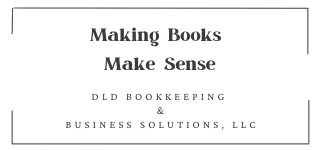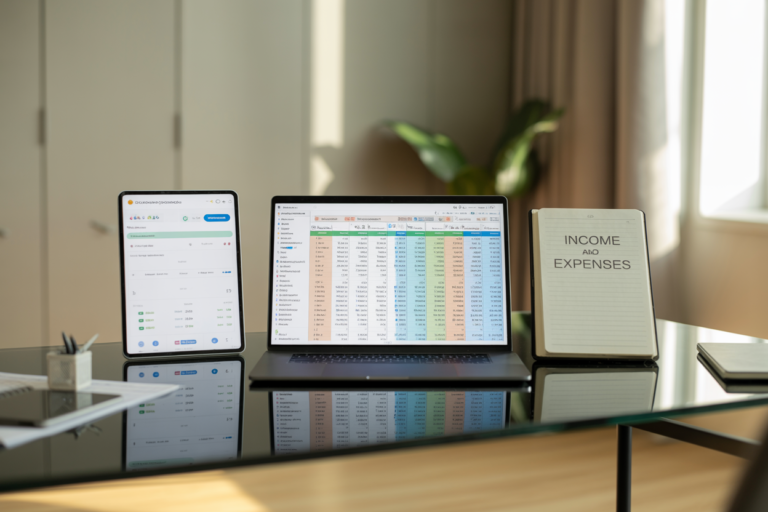Bookkeeping & Accounting Glossary for Small Business Owners (No CPA Required)
Bookkeeping doesn’t have to be scary. Whether you’re a creative freelancer, coach, online shop owner, or blogger—understanding the basic terms behind your money can make tax time easier, help you make better decisions, and keep you out of panic mode.
Here’s a plain-English glossary of the most important bookkeeping and accounting terms you’ll actually use.
A–Z Bookkeeping & Accounting Terms
Accounts Payable (AP)
Money your business owes to others—like bills or vendor invoices you haven’t paid yet.
Accounts Receivable (AR)
Money that others owe YOU, like client invoices that haven’t been paid.
Aging Report (Accounts Receivable Aging Report)
A report that shows which customers owe you money—and how long they’ve owed it.
Example: It might show $500 is 30 days overdue, $200 is 60 days overdue, etc.
Helps you stay on top of unpaid invoices and follow up before it’s too late.
Assets
Anything your business owns that has value—like cash, equipment, inventory, or even your laptop.
Balance Sheet
A snapshot of what your business owns (assets), owes (liabilities), and what’s left (equity) at a specific moment in time.
Bookkeeping
The process of recording your business’s financial transactions (like sales, expenses, and bank deposits) in an organized way.
Chart of Accounts
A list of all the categories you use to organize your business income, expenses, assets, and liabilities. Think of it like your financial filing system.
Commingling
Mixing personal and business finances in the same account.
Why it matters: This makes bookkeeping (and taxes!) a nightmare. Always keep separate bank accounts for your business to stay organized and legit. It can also have legal ramifications if you are ever sued. *I am not a lawyer – seek legal advice on this topic if you have questions.*
Cost of Goods Sold (COGS)
The direct costs of producing or buying what you sell—like materials, packaging, or product manufacturing.
Credit
An accounting entry that increases liabilities or income, or decreases assets or expenses (depends on the account type). Not the same as a credit card.
Debit
The opposite of a credit. It increases assets or expenses, and decreases income or liabilities.
Depreciation
The gradual loss of value of something your business owns over time (like your computer or office furniture).
Equity
What’s left for you (the owner) after all debts are paid. It’s the difference between your assets and liabilities.
Expenses
Money your business spends to operate—like rent, software, subscriptions, or advertising.
Fiscal Year
A 12-month period your business uses for accounting (doesn’t have to be January–December unless you choose that).
Gross Profit
Your sales revenue minus the cost of goods sold. It tells you how much you made before expenses.
Income Statement (Profit & Loss Statement or P&L)
Shows your business income, expenses, and profit (or loss) over a specific time period.
Invoice
A bill you send to a customer or client for your services or products.
Liabilities
What your business owes—like credit card balances, loans, or unpaid bills.
Net Income (Net Profit)
Your true profit after all expenses are subtracted from your revenue. If it’s negative, it’s a loss.
Operating Expenses
Ongoing costs to run your business—like website hosting, internet, software, or utilities.
Payroll
The total amount you pay yourself and/or your employees—including salaries, taxes, and benefits.
Petty Cash
A small stash of cash on hand used for small or quick business purchases.
Reconcile (Bank Reconciliation)
Matching your bookkeeping records to your bank statements to make sure everything lines up.
Revenue (Sales)
The total money your business earns before subtracting expenses.
Trial Balance
A report that lists all your accounts and their balances to help check that everything adds up correctly.
Write-Off
An expense you can subtract from your income to lower your tax bill. (Legit business expenses only!)

